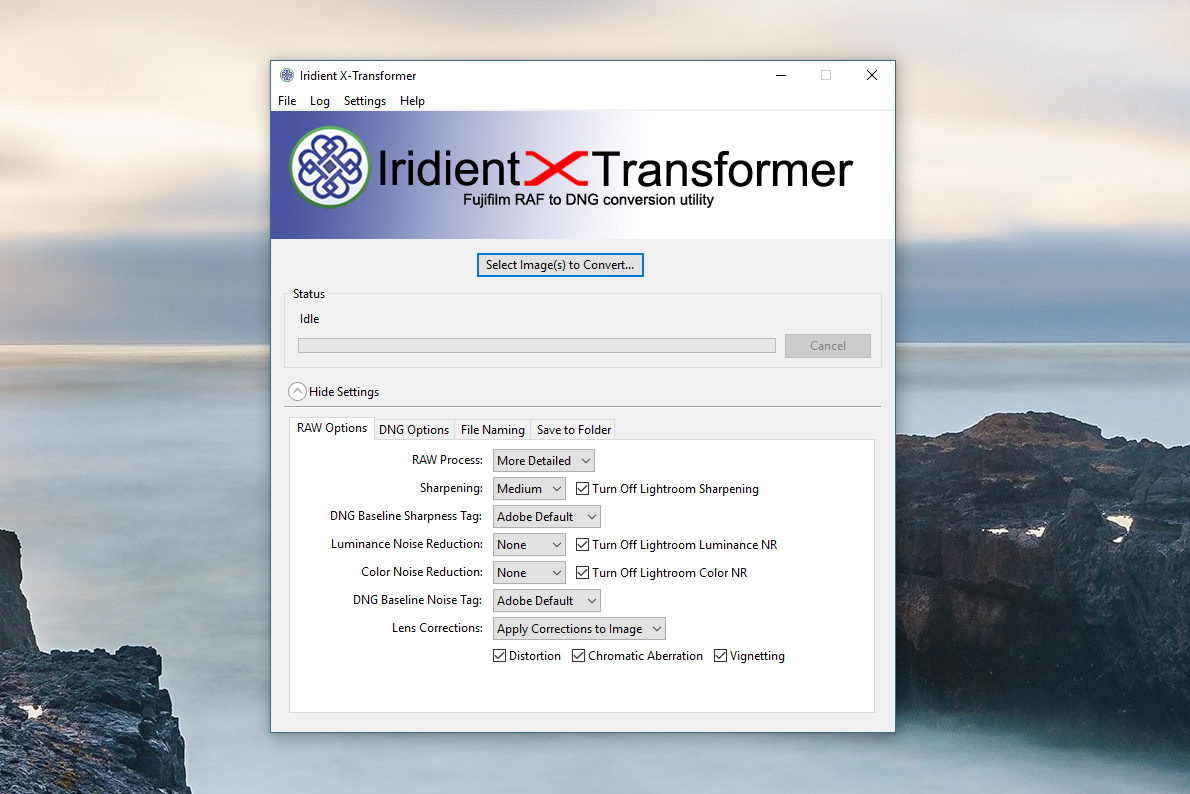

This may result in the overheating of one transformer.Initially I was happy with the results but then I had a go with the RAFs in.

However, if the ratio is different, they will share the unequal load. If the ratio of KVA rating to percentage impedance of two transformers operating in parallel is equal, they will share equal load. Percentage impedance has an important role in the parallel operation of transformers. Role of Percentage Impedance in Parallel Operation of Transformers Therefore the percentage impedance of the transformer has to be precisely selected to maintain a proper balance between fault level and voltage regulation. This will facilitate better voltage regulation.

Percentage impedance of transformer plays an extremely vital role in network calculation i.e.Īs we discussed in the above section, when we apply rated voltage at the primary winding of a transformer whose secondary winding is short-circuited, short circuit current will flow on transformer windings. Role of Percentage Impedance in Short Circuit Calculations The maximum fault level available on the secondary side is:Īnd from this figure, the equivalent primary and secondary fault currents can be calculated. It is easy to calculate the maximum current that a transformer can deliver under symmetrical fault conditions.īy way of example, consider a 2 MVA transformer with an impedance of 5%. It determines the maximum value of current that will flow under fault conditions. The percentage impedance of a transformer has a major effect on system fault levels. When referring to the impedance of a transformer, it is the equivalent impedance that is meant. However, a rather simple test provides a practical method of measuring the equivalent impedance of a transformer without separating the impedance of the windings. The impedance of a transformer is the total opposition offered to alternating current. The percentage impedance of a transformer is marked on most nameplates – but what is it and what does the Z% figure mean?


 0 kommentar(er)
0 kommentar(er)
